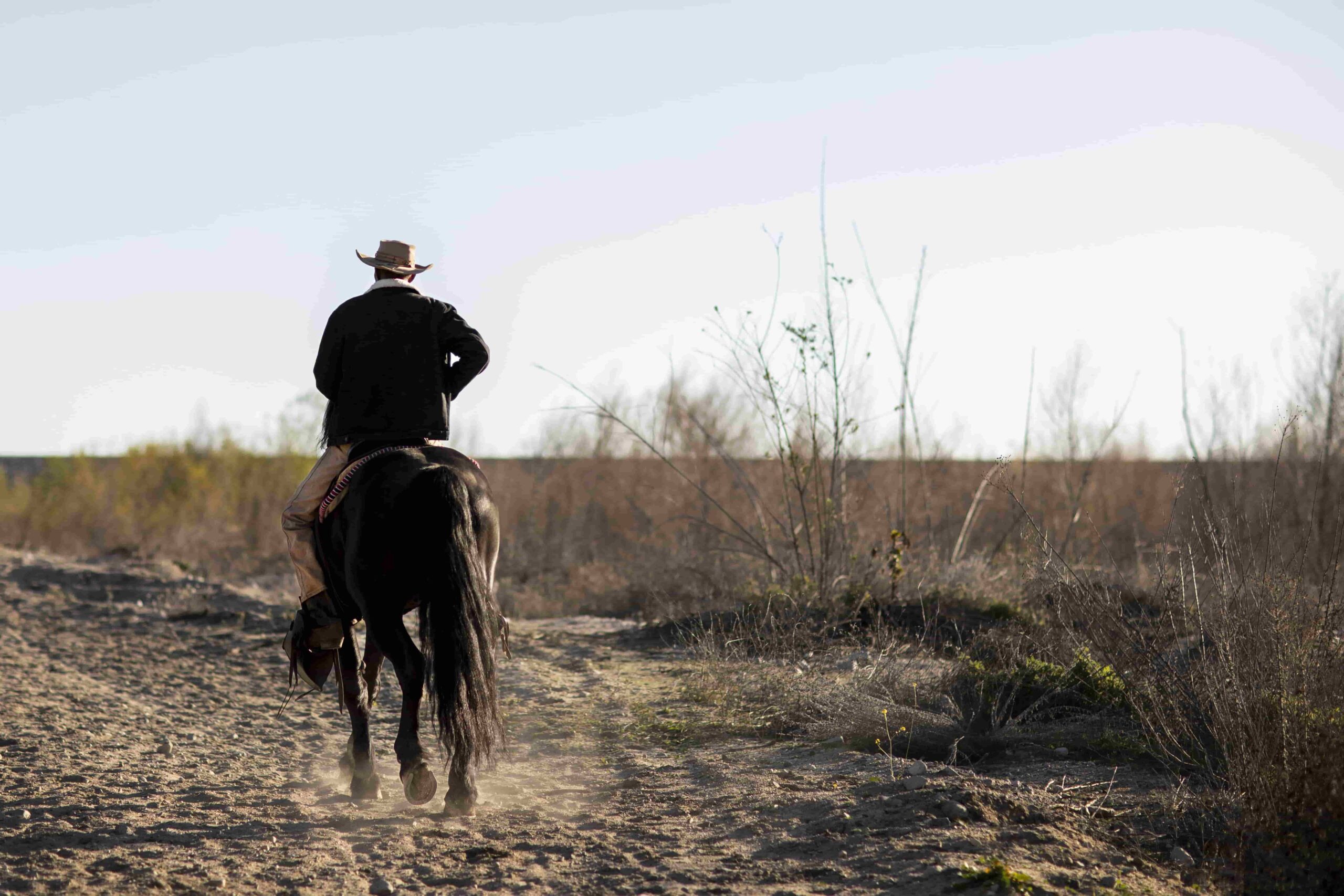When the sun sets, the hunt begins for many outdoor enthusiasts. Varmint hunting, in particular, requires skill, patience, and the right equipment to spot elusive creatures in the dark. With technological advances, hunters have access to tools that were once unimaginable. This blog dives into two popular technologies—thermal optics and traditional night vision—to help you decide which is better for your next varmint hunting adventure.
The Allure of Varmint Hunting and Its Challenges at Night
Varmint hunting isn’t just a pastime; it’s a necessity for managing wildlife populations and protecting crops and habitats. Animals like coyotes, rodents, and other pests often thrive under the cover of darkness, making them harder to track and target. This creates a unique challenge for hunters who must adapt to the night and its mysteries.
While the thrill of the hunt at night holds its own allure, the absence of light presents significant hurdles. Human eyes are naturally limited in low-light conditions, and even the brightest moonlit nights can’t reveal what lurks in the shadows. That’s where enhanced night vision technology comes into play, acting as an extension of the hunter’s senses.
Understanding the different tools available is key for hunters looking to improve their night vision capabilities. Whether you’re a seasoned expert or a novice eager to learn, selecting the right equipment can make all the difference in your hunting success.
Unpacking Traditional Night Vision Technology
Traditional night vision devices have long been a staple for hunters. These devices amplify existing light, such as moonlight and starlight, using image intensifier tubes. This allows users to see images clearly even when it’s pitch dark. But how exactly does this technology work, and what limitations should a hunter be aware of?
Night vision technology fundamentally relies on collecting ambient light and converting it into electrons. These electrons are then multiplied through a photomultiplier tube and projected onto a phosphor screen, creating a visible image. This process gives hunters the ability to see in dim conditions but not total darkness.
However, night vision has its downsides. Weather conditions can heavily affect visibility, and these devices require some level of light to function effectively. Additionally, traditional night vision can be susceptible to bright light sources, which can temporarily blind the user. Despite these limitations, night vision remains popular due to its reliability and familiarity.
The Rise of Thermal Optics in Hunting
Enter thermal optics, a technology that has revolutionized how hunters see the night. Unlike traditional night vision, thermal optics detect heat signatures from animals, regardless of light conditions. This ability to see through darkness, fog, and even light foliage gives hunters a distinct advantage when pursuing varmints.
The magic of thermal optics lies in detecting infrared radiation emitted by warm bodies. A thermal imaging sensor captures this radiation and converts it into a thermal image, highlighting differences in temperature. This makes it easier for hunters to spot varmints, as they stand out against cooler backgrounds.
Thermal optics have several advantages over traditional night vision. They allow hunters to see in total darkness and adverse weather conditions, such as fog or rain. Additionally, they aren’t affected by bright light sources, making them incredibly versatile and reliable for diverse hunting environments.
Comparing Thermal Optics and Traditional Night Vision for Varmint Hunting
Now that we understand both technologies, it’s important to compare them directly to determine which is more effective for varmint hunting. Both have distinct benefits and drawbacks, so the choice largely depends on individual hunting needs and preferences.
Traditional night vision is great for identifying shapes and details, making it useful when you need to distinguish between objects. It’s also more affordable, which can be a significant factor for budget-conscious hunters. However, its performance is compromised in very dark conditions and adverse weather.
Thermal optics, on the other hand, excel in scenarios where complete darkness or harsh terrains are involved. They offer improved detection capabilities and are less affected by environmental factors. While typically more expensive, the investment can be worthwhile for hunters who frequently pursue varmints at night.
Real-World Applications and Testimonials
To better illustrate the impact of both technologies, let’s explore some real-world applications and testimonials from hunters who have used both traditional night vision and thermal optics.
One hunter shared his experience using traditional night vision goggles in open fields. He praised their ability to provide clear images when tracking smaller varmints amid grassland. However, he noted difficulty when navigating through dense woods or under cloudy skies, where thermal optics proved invaluable.
Another hunter highlighted the benefits of thermal optics during an extended hunting trip. With varying weather conditions and challenging terrains, thermal optics allowed him to easily detect varmints despite the rain and dense foliage. His success rate improved significantly compared to previous trips using night vision alone.
These experiences underline the importance of considering the specific conditions of your hunting grounds when choosing between the two technologies.
Purchasing Considerations for Hunters
Choosing between thermal optics and traditional night vision should involve careful consideration of several factors. Cost is often a primary consideration, with thermal optics generally priced higher than their night vision counterparts. However, the long-term benefits may justify the initial investment for avid hunters.
It’s also essential to consider your typical hunting environment. If you often hunt in open fields with some ambient light, traditional night vision may suffice. However, if you venture into dense forests or face unpredictable weather conditions, thermal optics might offer a more consistent and reliable experience.
Lastly, consider the weight and size of the device. While advanced features are attractive, they should not come at the expense of comfort and ease of use in the field.
Bringing It All Together for Your Hunting Experience
In conclusion, both thermal optics and traditional night vision offer valuable tools for varmint hunting. The key is to match the equipment with your specific needs and hunting environment. By understanding the strengths and weaknesses of each technology, you can make an informed decision that enhances your hunting capabilities.
As you prepare for your next nighttime adventure, remember to weigh the benefits of each option carefully. Experiment with both technologies if possible, and consider seeking advice from fellow hunters to gain additional insights.
Next Steps for Enthusiastic Hunters
Ready to take your varmint hunting to the next level? Explore both traditional night vision and thermal optics to find the perfect match for your needs. Consider reaching out to experienced hunters or joining local communities to share insights and gather recommendations on the best gear available.
Whether you’re a seasoned hunter or just starting out, investing in the right equipment can significantly impact your success and satisfaction in the field. Take the first step today and explore the world of enhanced night vision for an unrivaled hunting experience.





